Alchemy of the Earth Is the Brutal Truth of Survival: Beauty Masking a Tedious Grind
Hello everyone. Let’s talk about Alchemy of the Earth – a game that promises you sweeping vistas, emotional narratives, and the opportunity to pick so many flowers that you’ll wonder if you’re playing an RPG or working part-time at a botanical garden. And yet, like all things wrapped in whimsical marketing and vague mystical fluff, it leaves me both curious and deeply suspicious – the gaming equivalent of being offered “mystery meat” in the school cafeteria. You might eat it, but you’re going to be wondering what’s in it the whole time.
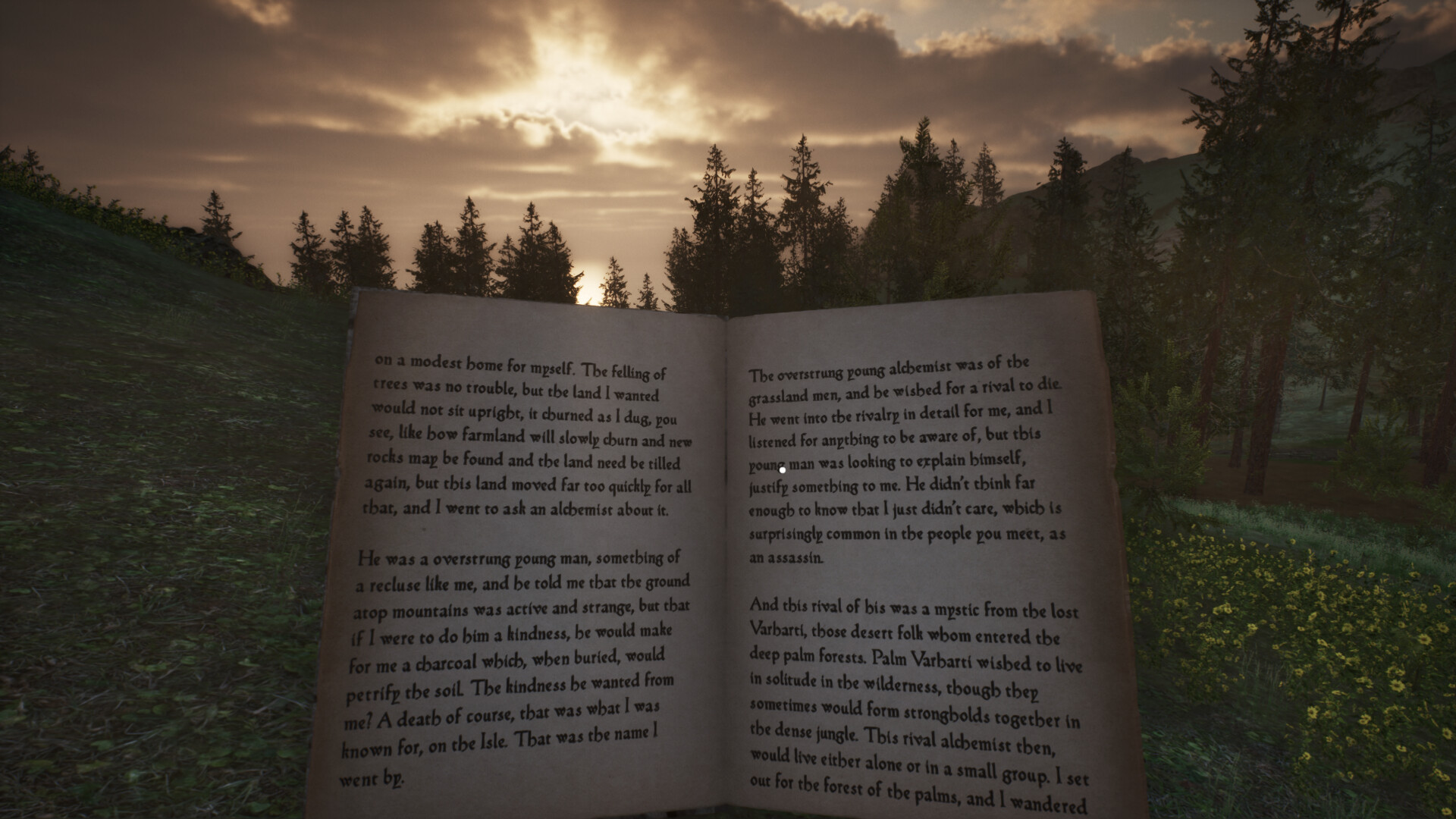
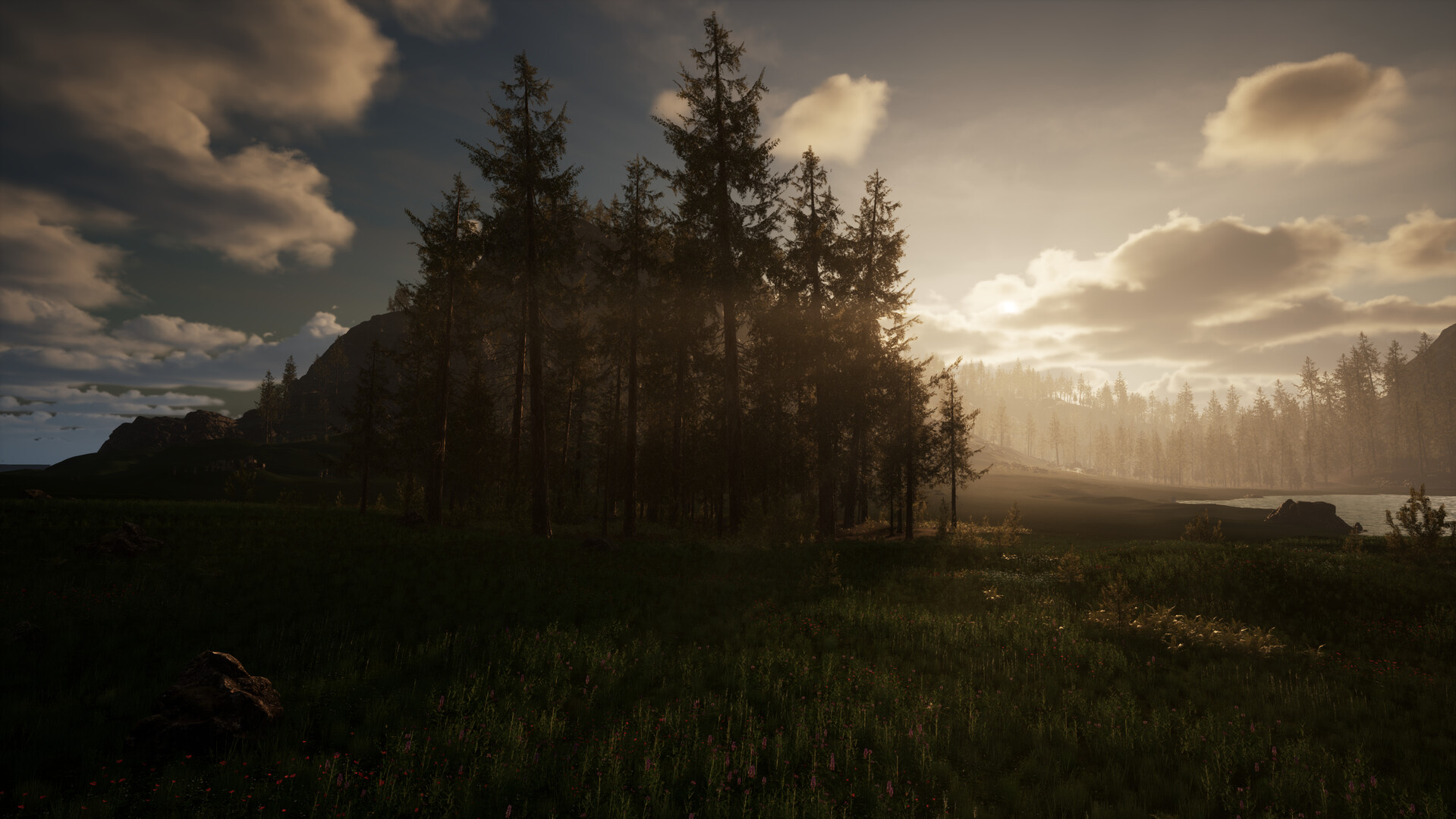
Open-World Dreamscape or Just Another Fetch Quest Fiesta?
From the blurb, we dive into an “open-world dreamscape” where herbalism and alchemy keep you alive. Translation: you’ll spend a majority of your time rummaging through pixelated foliage like a ravenous badger trying to find that last elusive flower for a potion you could have just bought from the NPC merchant if the game didn’t inexplicably lock it behind “player progression.” It’s the standard survival crafting loop – gather, craft, survive – but dressed up in flowery prose and sweeping music so you think you’re undertaking some ethereal, magical journey. Spoiler alert: you’re still grinding mushrooms at 2 a.m.
“Hand-Crafted” Maps – The IKEA of Exploration
Developers proudly state each biome is “hand-crafted,” which in modern gaming terms usually means “we didn’t just spam procedural generation and hope it worked.” Good on them. But here’s the thing: a hand-crafted world is only as interesting as what you do in it. Frolicking over wind-shaped highlands sounds poetic until you realize the primary gameplay activity is still bashing plants into pulp like a medieval smoothie chef. A map can be vast, beautiful, and have the “sense of place” they brag about… but if my primary interaction with it is picking daisies, it’s essentially a very pretty grocery store.
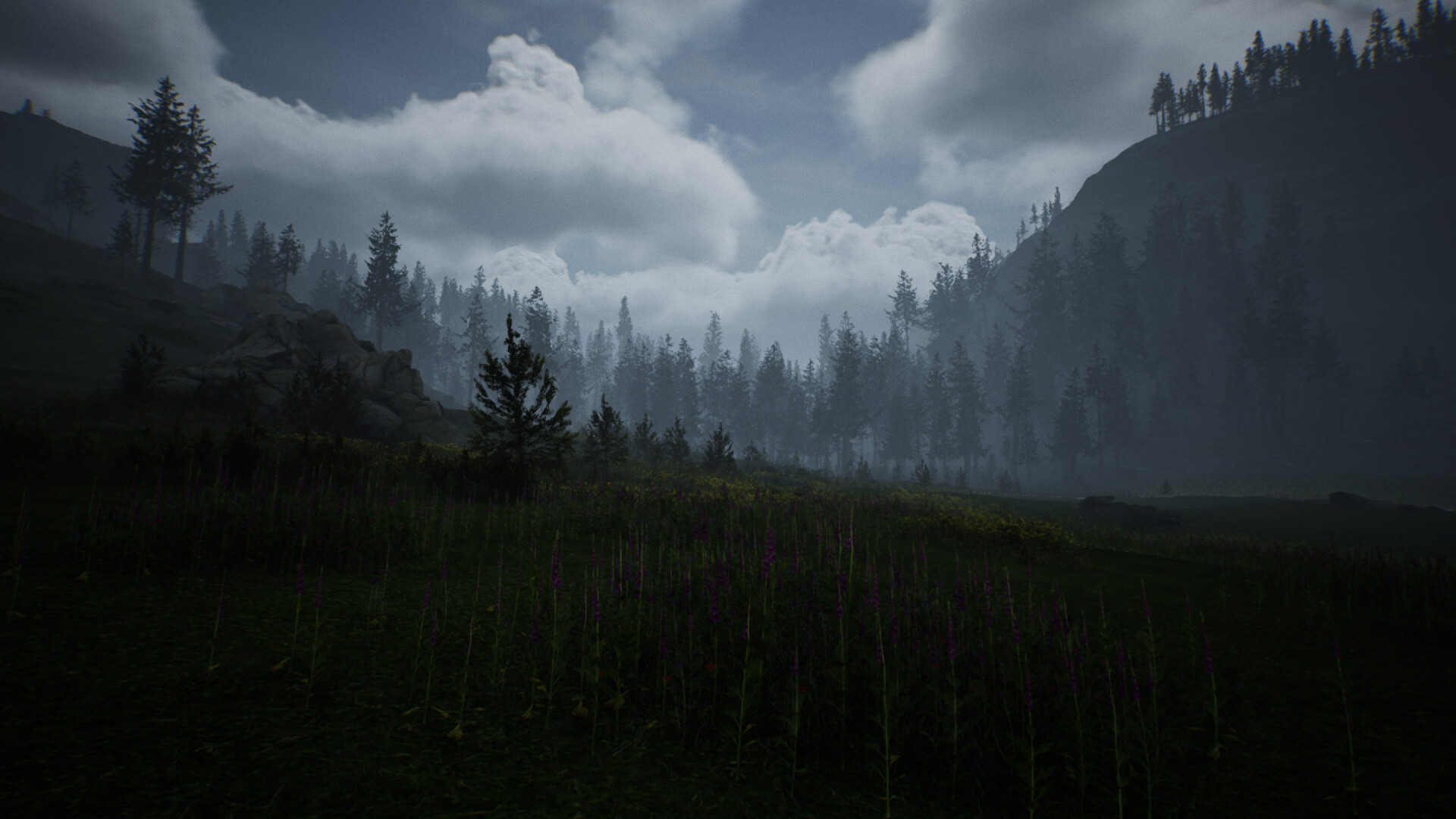
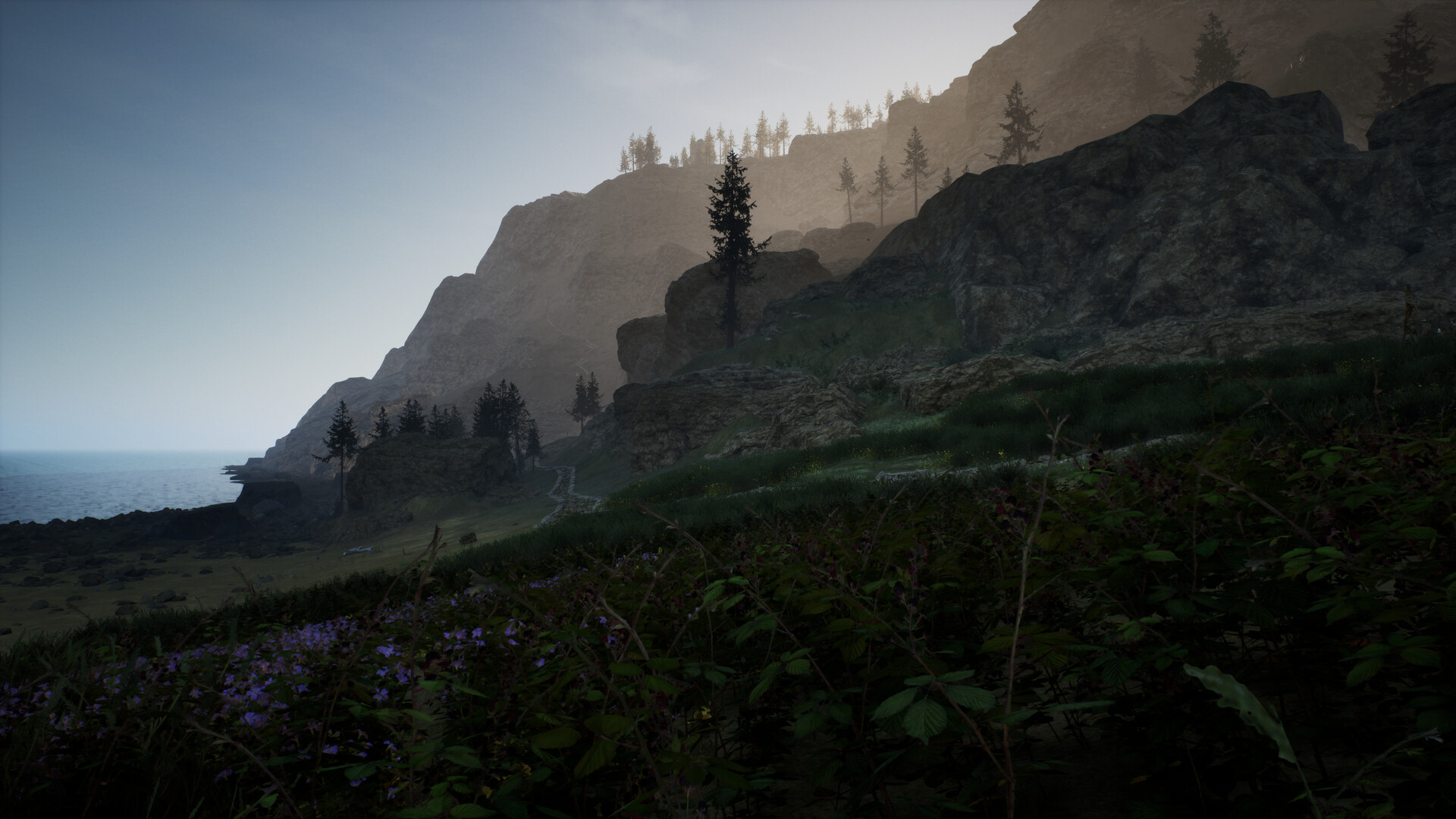
Potion Brewing: The Alchemist’s Grind
Hundreds of distinct ingredients, they say. Reality check: that’s hundreds of tiny icons in your overflowing inventory, 80% of which you’re hoarding “just in case” but never actually use. The crafting system sounds fine – grind, brew, distill – but it also sounds like one prolonged chore. The marketing tries to sell it as “the power of the elements in your hands.” It’s more like “welcome to your second job as a magical chemist, no benefits included.” And in a survival setting, when you run out of potions, it’s not just inconvenient – it’s game over, and you’re respawning in that field you’ve crossed twenty-three times already.
Combat – Throwing Bottles at Monsters
Potions bombs? Check. Spells? Check. Being chased by failed experiments because your mana bar’s emptier than a politician’s promises? Also check. The game’s survival combat seems reactive rather than rewarding – if you run out of consumables, it’s literally “run for your life.” It’s less like a heroic battle and more like a speedrun category called “Coward Percent.” Honestly, some creatures might just chase you because they’re tired of you plundering their ecosystem like a botanist with a death wish.
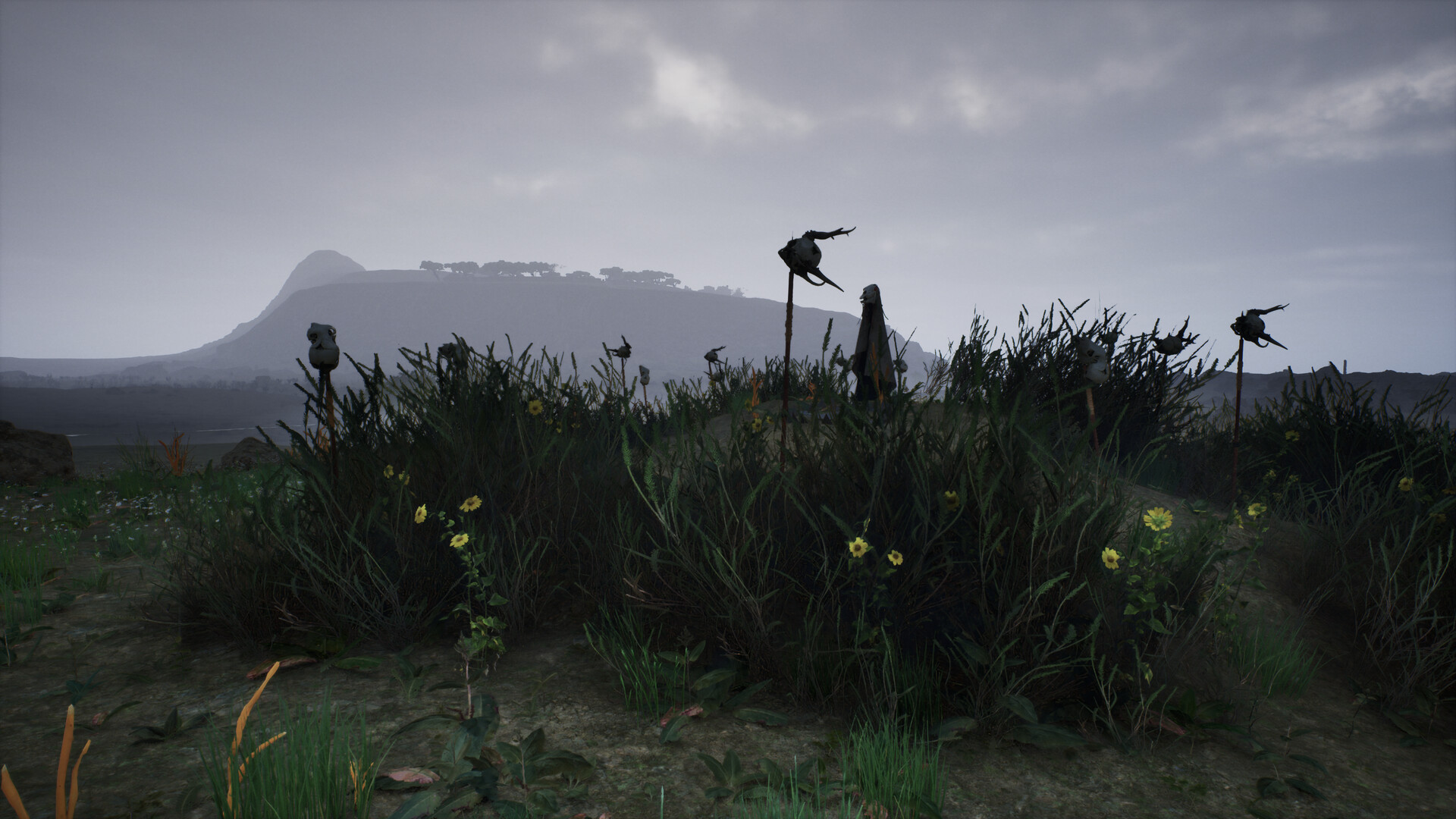
The Story – 50 Audio Logs and a Funeral
We’ve got over 50 narrations and 80 minutes of original music to “uncover” the alchemist’s story. In practice, I suspect this is going to be the narrative equivalent of listening to several long, overly dramatic voicemail messages while doing chores. There’s mention of warfare, famine, and colonialism – which, yay, nothing like a side dish of grim reality to go with my flower-picking simulator. At least they’re upfront about it, but whether this story will blend seamlessly with gameplay or feel like an overly long history lecture remains to be seen.
AI Content – The Tiny Robot Touch
Limited generative AI for item icons, audio, and interface backgrounds. Translation: there’s a subtle chance some of your in-game items are being visually represented by a neural net that definitely “knows what a sword looks like” but might still sometimes draw one with three handles. I respect their decision not to use AI on major world-building components… but “limited use” is still a loaded term. Is it genuine artistic collaboration or dollar-store outsourcing? Jury’s still out.
System Requirements – Hope You’ve Got That NASA Rig Handy
Minimum spec includes a Ryzen 5 2600X, RTX 2080, 16 GB of RAM, and an SSD. That’s “minimum,” mind you. We’ve reached the point where the bare minimum is “slap together a spaceship, please.” Either this game has truly staggering visual fidelity, or it’s been so badly optimized that your GPU will be begging for a mercy patch within an hour. For a game about picking flowers, that’s a little overkill. You’d think we were running high-end medical imaging software rather than scouring a moody island for daisies.
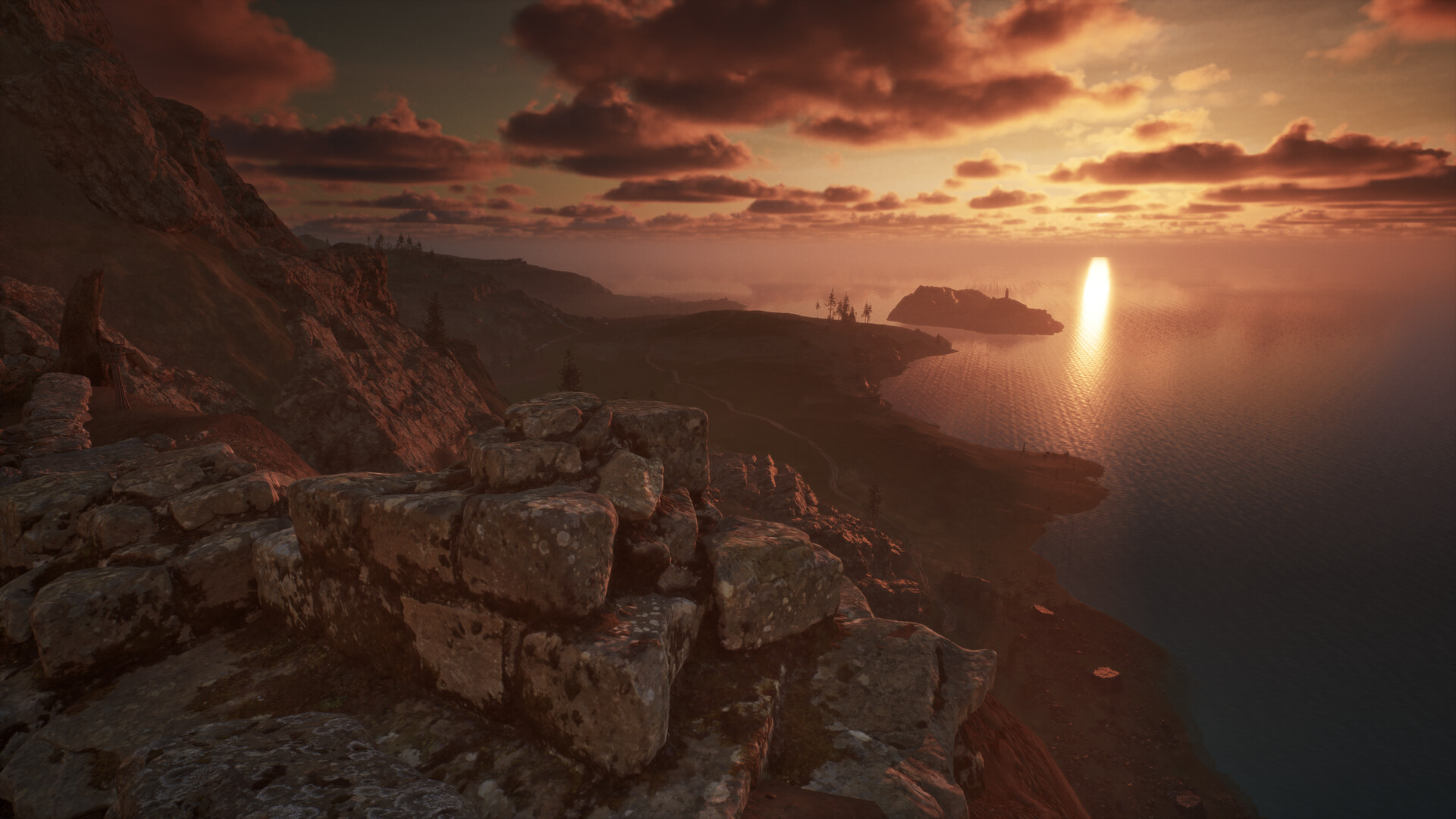
Conclusion – Grim Botanist Simulator or Hidden Gem?
Look, there’s potential here. A hand-crafted world, an alchemical survival focus, a cautiously used AI element – it could come together into something memorable. But right now, it reads like a game that takes the relaxing pastime of gathering herbs, adds an ominous soundtrack, and declares itself a survival epic. If you find zen in relentless gathering mechanics while dodging a few angry science experiments, you might love this. If you don’t want your fantasy to feel like doing inventory at a medieval apothecary, you might get bored faster than a speedrunner in the tutorial.
Right now, my opinion is cautiously leaning towards “beautiful grind.” Might be worth keeping an eye on, though preferably from a safe distance – maybe behind a Kevlar herb basket.
And that, ladies and gentlemen, is entirely my opinion.
Article source: Alchemy of the Earth, https://store.steampowered.com/app/2788430/Alchemy_of_the_Earth/



